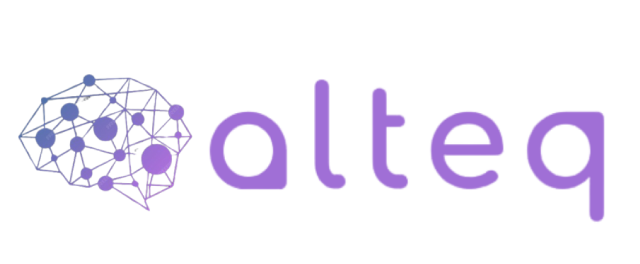Most digital transformation projects fail. Research shows only one in five hits its goals. Companies spend billions on AI technology. Yet they still struggle to see real results.
Why does this happen? After 15 years working in digital transformation and seeing 100+ projects, the answer is clear. It’s not about the technology. It’s about the people.
The Real Problem with AI Transformation
McKinsey studied digital transformation success rates. They found something important. Technology isn’t the main barrier to AI transformation. Company culture is.
This changes everything we thought we knew. Most leaders focus on buying the best AI tools. They worry about data systems. They plan technical setups. But they miss the most important piece.
The best AI transformation tools fail without the right culture. People need to want to use them. They need to feel safe trying new things. They need support from their teams.
Why AI Projects Fail: Real Examples
Healthcare AI Transformation Story
Two hospitals tried the same AI tool. Both had the same budget. Both had good technical teams. But they got very different results.
Hospital A focused only on the technology:
- They trained the AI system perfectly
- They measured accuracy rates
- They optimized all the workflows
- Result: 94% accuracy, but only 23% of doctors used it
Hospital B focused on their people first:
- They let doctors help design the system
- They made AI feel like a helper, not a replacement
- They chose trusted doctors to teach others
- Result: 91% accuracy, and 89% of doctors used it
Hospital B got better patient results. Why? Because their doctors actually used the AI tool. Technical perfection doesn’t matter if people won’t use it.
Retail Digital Transformation Success
Smart retailers learned something surprising about AI transformation. Their best results came from “safe zones.” These were areas where managers could test AI tools without fear.
No performance reviews based on early results. No punishment for mistakes. Just space to learn and experiment.
These safe zones changed everything. Worried managers became AI fans. They shared what worked with other teams. The company culture shifted to embrace new technology.
How to Build Culture for AI Success
Successful digital transformation needs the right culture. Here’s what works:
1. Make People Feel Safe
AI transformation works best when people feel safe to try new things. Create spaces where teams can test AI tools without risk. Don’t punish early mistakes. Treat them as learning opportunities.
What to do: Set up innovation zones. Let people experiment with AI tools. Remove normal performance pressure during testing phases.
2. Change How You Measure Success
Most companies still measure old-style productivity. But AI transformation needs new metrics. Reward people for using AI well. Promote those who help others adopt new tools.
What to do: Update your review process. Include AI adoption in performance goals. Give bonuses for helping teams use AI better.
3. Leaders Must Use AI Too
Digital transformation fails when leaders don’t understand the tools. If your executives can’t explain how AI helps, they can’t lead change.
What to do: Require all leaders to use at least one AI tool monthly. Have them share their experiences with teams.
4. Create Learning Systems
AI transformation is ongoing. Technology keeps changing. People need constant learning support. Build systems that help teams share what they learn.
What to do: Start monthly AI learning sessions. Let teams share successes and failures. Create internal guides and tips.
The Business Case for Culture-First AI
Stanford research shows strong results for culture-focused companies. Organizations that align culture with strategy see 44.5% revenue growth over three years.
The study looked at eight cultural traits. Adaptability was the strongest predictor of success. Companies that adapt well do better with AI transformation.
Why Culture Beats Technology
Technology advantages don’t last long. Your competitors can buy the same AI tools. They can hire similar technical teams. They can copy your systems.
Cultural advantages last for years. A culture that embraces change is hard to copy. Teams that work well together create ongoing value. People who feel safe experimenting keep innovating.
Business Benefits of Good AI Culture
Better talent retention: Good people want to work where they can use cutting-edge tools. They want to grow their skills, not fear replacement.
Faster adaptation: When new AI tools come out, culture-ready teams adopt them quickly. They don’t waste time on change resistance.
More innovation: Teams comfortable with AI become more creative everywhere. They find new solutions to old problems.
Market responsiveness: AI-ready cultures respond faster to customer needs and market changes.
How to Check Your AI Culture
Before buying AI transformation tools, check your culture first. Ask these questions:
How fast do decisions happen? AI works best with quick decision-making. Slow approval processes kill AI momentum.
Do people share knowledge? AI value grows when teams share insights. Knowledge hoarding hurts AI transformation.
How does your company handle failure? AI transformation needs experimentation. Companies that punish early failures struggle with adoption.
Do people adapt to change well? AI transformation means constant change. Rigid cultures have trouble with ongoing AI evolution.
Digital Transformation Action Steps
Ready to start culture-first AI transformation? Follow this plan:
Phase 1: Assess Your Culture
- Survey your teams about change readiness
- Identify cultural strengths and barriers
- Map how decisions really get made
- Check how people share knowledge now
Phase 2: Build Cultural Foundation
- Create safe spaces for AI experiments
- Update performance reviews to include AI adoption
- Train leaders on AI tools and benefits
- Start regular learning and sharing sessions
Phase 3: Implement and Scale
- Launch small AI pilots with cultural support
- Track both technical results and cultural changes
- Share success stories across teams
- Scale what works to broader digital transformation
Measuring AI Transformation Success
Track more than just technical metrics. Monitor cultural progress too:
- How safe do people feel trying new AI tools?
- How often do teams share AI discoveries?
- How well do departments work together on AI projects?
- How confident are people with new technology?
These cultural metrics predict long-term AI transformation success better than technical measures alone.
The Future of Digital Transformation
Companies that master both technology and culture will win. While others focus only on buying better AI tools, smart organizations build cultures that maximize any technology.
The best digital transformation strategies start with culture assessment. Then they align technology choices with cultural strengths. This approach ensures AI investments generate real returns.
Getting Started Today
Digital transformation success requires new thinking about technology adoption. The most advanced AI tools fail without cultural support.
Your next move shouldn’t be buying more technology. It should be building the culture that makes technology work.
Organizations that understand this difference will lead their industries. Those that don’t will keep struggling with expensive AI experiments that never deliver results.
The choice is yours. You can keep focusing on technology and hoping for different results. Or you can build the culture that makes AI transformation actually work.
Ready to discuss how your organization can implement a culture-first digital transformation strategy? Contact our team to explore approaches that fit your specific situation.
Want to know if your organization is ready for AI transformation? Download our Digital Transformation Culture Check to find your strengths and opportunities for success.


